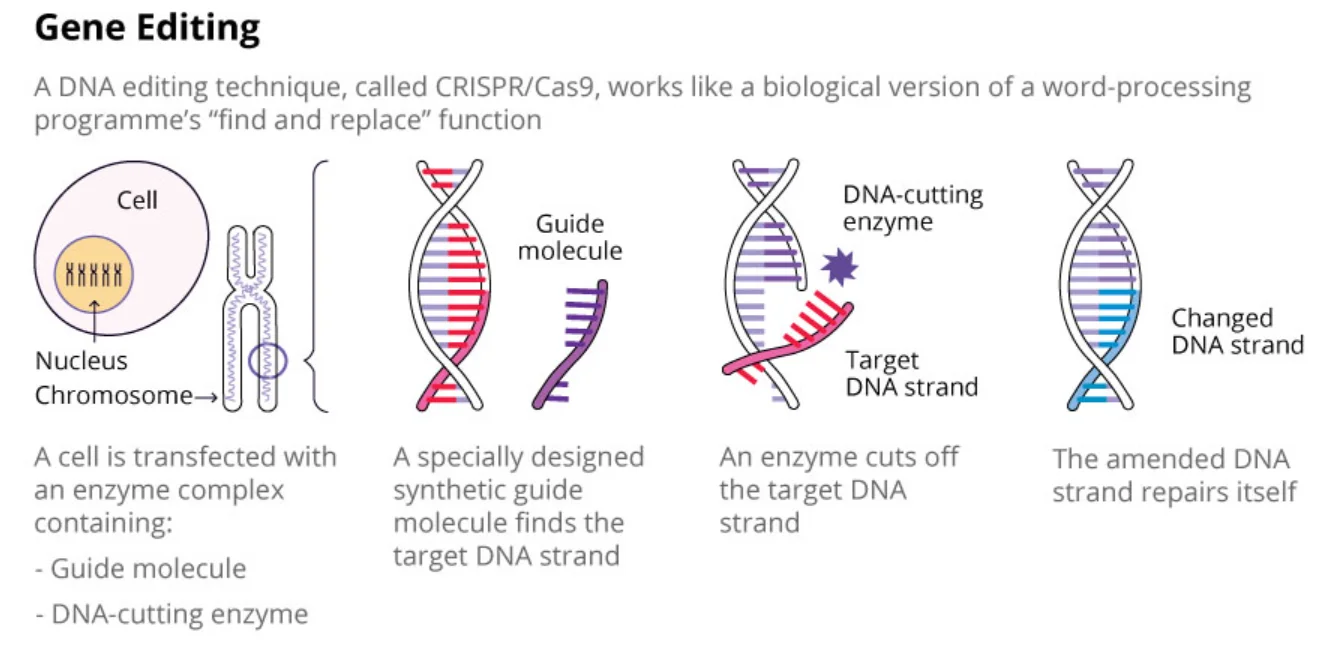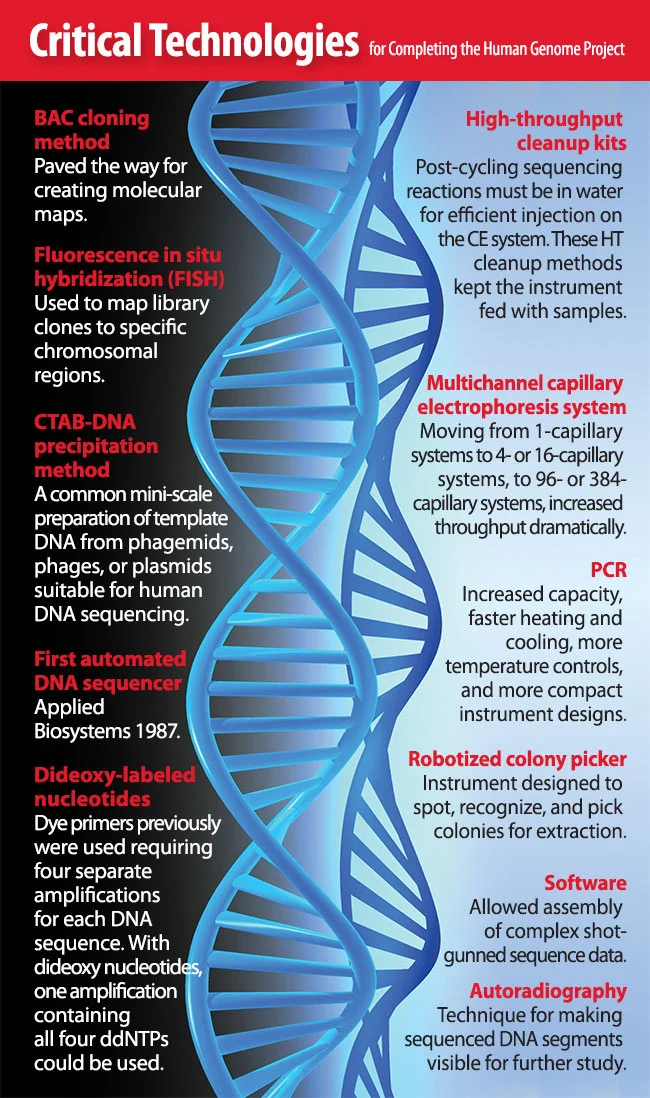![]() June 4, 2024
June 4, 2024
![]() 1675
1675
![]() 0
0
Genome editing, also known as genome engineering or gene editing, is a sophisticated form of genetic engineering that enables precise alterations in an organism’s DNA, including insertion, deletion, modification, or replacement of genetic material.
Genome Editing: Techniques and Applications in Modern Science

Fig: Genome editing



|
| Must Read | |
| Current Affairs | Editorial Analysis |
| Upsc Notes | Upsc Blogs |
| NCERT Notes | Free Main Answer Writing |
Conclusion:
Genome editing represents a leap in our ability to manipulate genetic material, offering unprecedented opportunities for scientific and medical advancements. Techniques like CRISPR-Cas9, TALENs, and ZFNs have diverse applications, from treating genetic disorders to advancing agricultural practices. The success of the Human Genome Project has been instrumental in providing the genetic blueprint necessary for these innovations.
<div class="new-fform">
</div>

Latest Comments